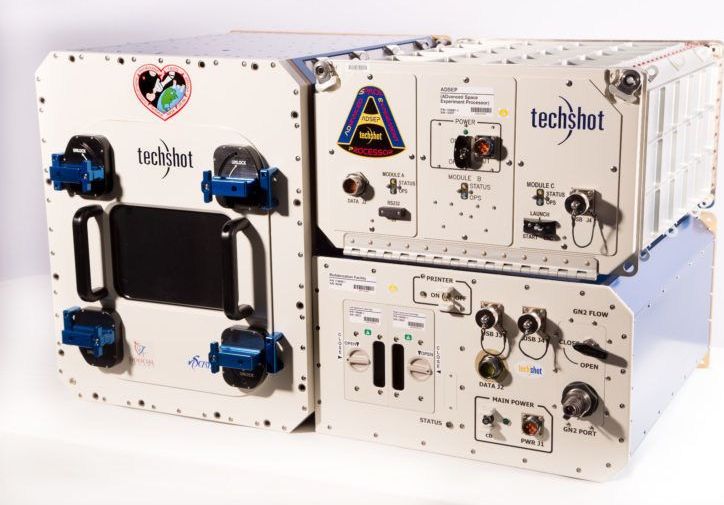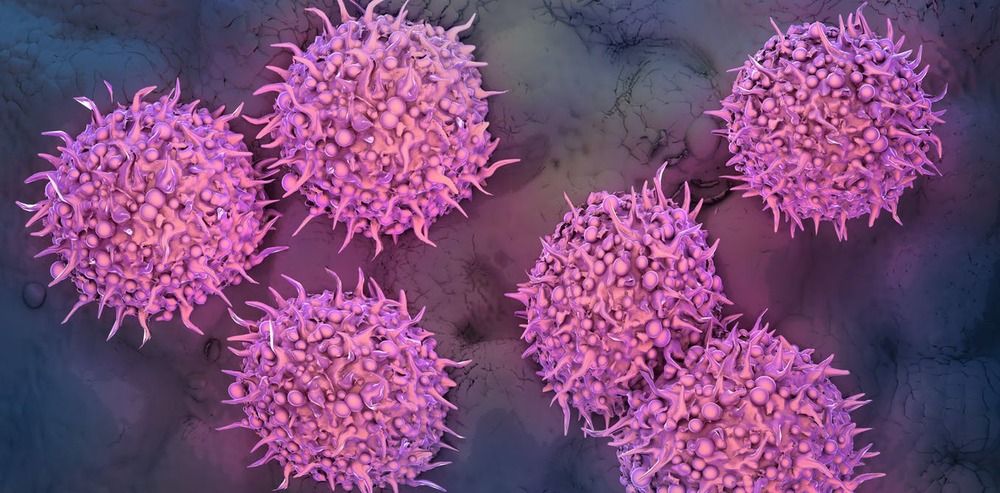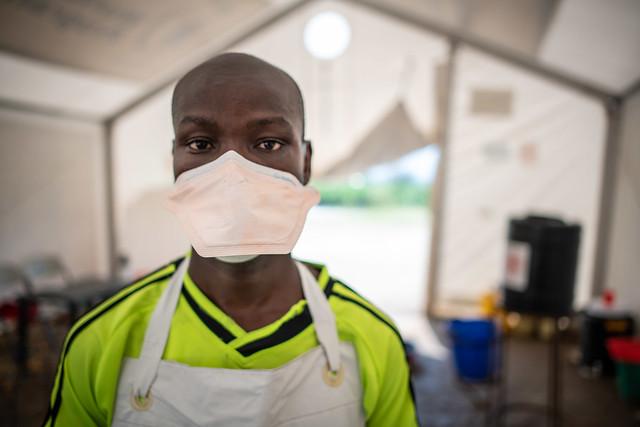NASA has awarded Carnegie Mellon University (CMU) and Astrobotic a US$5.6 million contract to build a new suitcase-sized robotic lunar rover that could land on the Moon as soon as 2021. One of 12 proposals selected as part of the agency’s Lunar Surface and Instrumentation and Technology Payload (LSITP) program, the 24-lb (11-kg) MoonRanger rover is designed to operate autonomously on week-long missions within 0.6 mi (1 km) of its lander.
SpaceX’s Starship, the launch system designed to carry colonists to Mars, will likely have its maiden voyage in 2021, a company executive said.
Music has proven time and again to be an important component of human culture. From its ceremonial origin to modern medical usage for personal motivation, concentration, and shifting mood, music is a powerful balm for the human soul. Though traditional “music therapy” encompasses a specific set of practices, the broader use of music as a therapeutic tool can be seen nowadays as doctors are found recommending music for a wide variety of conditions.
CHICAGO, July 2 (Xinhua) — With a light-spinning device inspired by the Japanese art of paper cutting, researchers at the University of Michigan (UM) have detected microscopic twists in the internal structure of plant and animal tissue without harmful X-rays.
The approach is the first that can fully rotate terahertz radiation in real time, and could open new dimensions in medical imaging, encrypted communications and cosmology, according to a news release posted on UM’s website on Monday.
With an eye to exploring how chirality may help distinguish tissues, the researchers gathered everyday biological materials to look for differences in the absorption of clockwise- or counter-clockwise-rotating radiation in the terahertz spectrum. They studied a maple leaf, a dandelion flower, pork fat and the wing case of an iridescent beetle.
Photons normally do not interact with each other, but researchers found that they can get particles of light to interact with each other like matter does. They produced particles called Floquet polaritons.
Thomas Durcan’s lab is growing 3D mini-brains in the search for a cure for Parkinson’s disease. Over the next year he is giving all his lab’s protocols, methods and results away.
Weird World Photo
Posted in futurism
A new method enables researchers to test algorithms for spotting genes that contribute to a complex trait or condition, such as autism.
Researchers often study the genetics of complex traits using genome-wide association studies (GWAS). In these studies, scientists compare the genomes of people who have a condition with those of people without the condition, looking for genetic variants likely to contribute to the condition. These studies often require tens of thousands of people to yield statistically significant results.
GWAS have identified more than 100 genomic regions associated with schizophrenia, for example, and 12 linked to autism. Results are often difficult to interpret, however. Causal variants for a condition may be inherited with nearby sections of DNA that do not play a role.
The Democratic Republic of the Congo (DRC) recorded at least 51 new cases of the Ebola virus since the beginning of the week, while two screening tents in Kasese, a Ugandan village that shares a border with the DRC, were burned after Ugandan workers detected a high fever in a Congolese boy trying to gain entry into Uganda.
Since the outbreak started nearly a year ago in North Kivu and Ituri provinces, DRC, neighboring countries have screened travelers through hundreds of points-of-entry (POE) screening sites.
On Wednesday, officials quoted in a Ugandan newspaper said the fires started after a teenage boy entering Uganda from the DRC tested positive for a high fever and was taken to a hospital in DRC.









